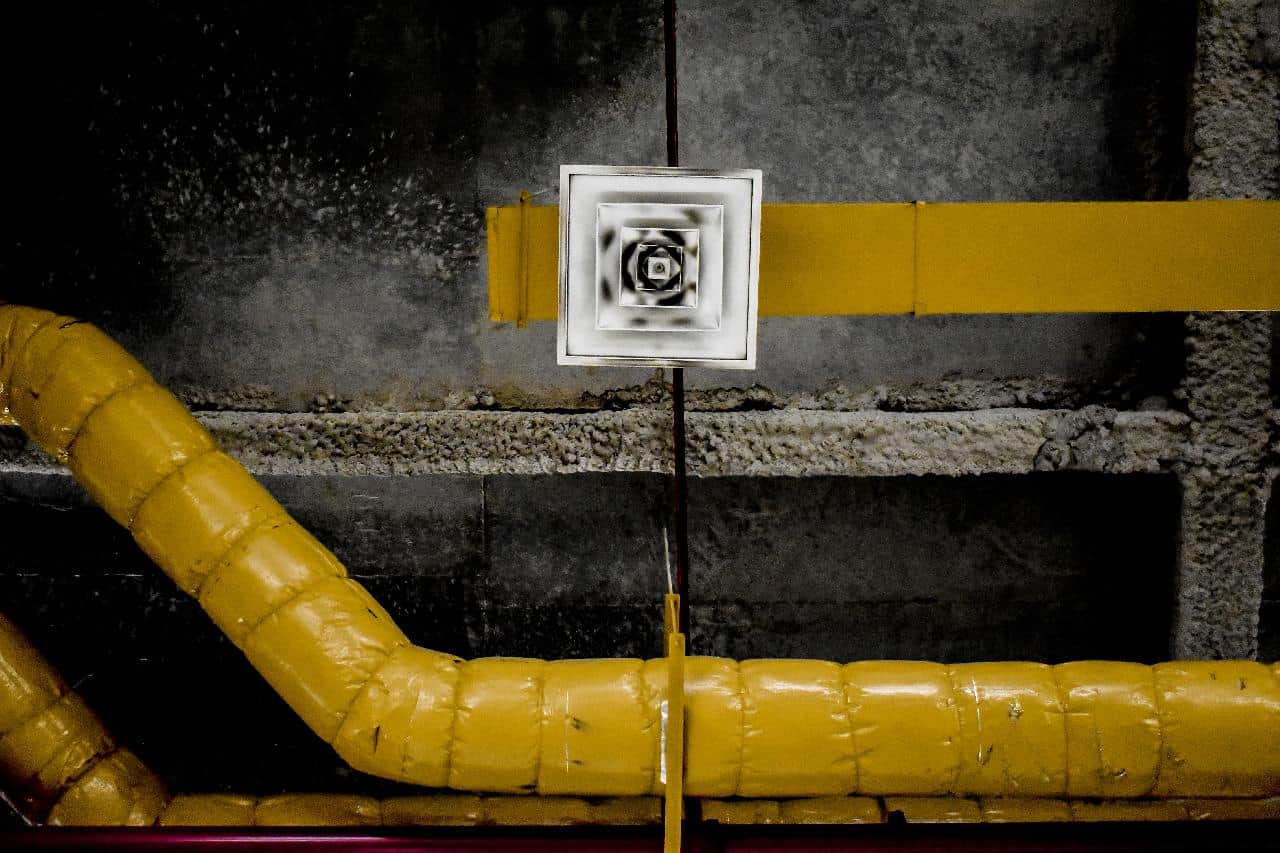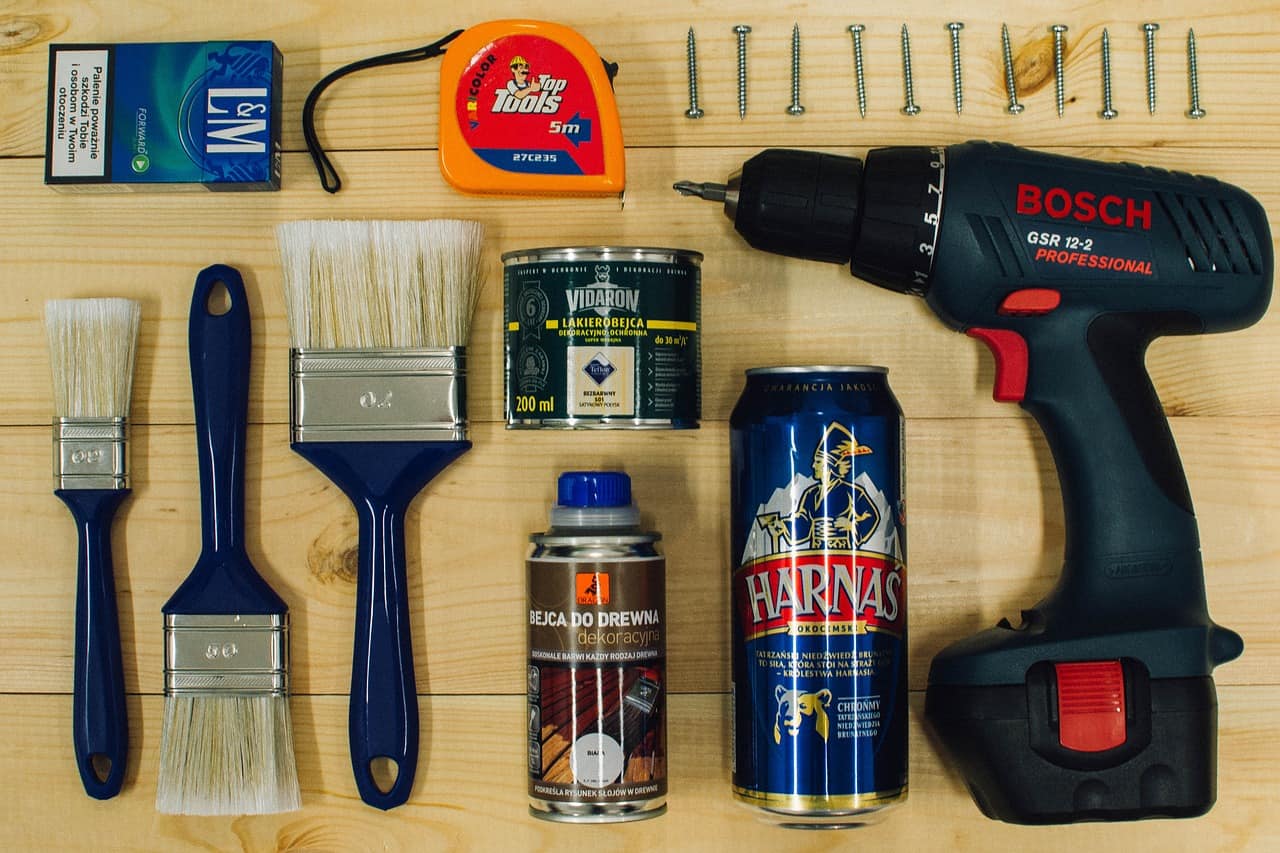The crackling of logs, the gentle warmth, and the flickering glow of a fireplace have long been symbols of comfort and elegance in homes. While both the Victorian and Edwardian eras celebrated the art of fireplace design, they did so with distinctive styles and characteristics that set them apart. In this exploration of antique fireplaces, we’ll uncover the nuanced differences between Victorian and Edwardian fireplaces, shedding light on the design, materials, and popular styles that defined each era.
Antique fireplaces have a story to tell, and this article aims to unravel the unique chapters written by the Victorian and Edwardian periods. We are grateful to have collaborated with antique dealers Westland London, whose expertise in historical fireplaces has provided invaluable insights into these two remarkable eras of design.
Join us on a journey through time and design as we illuminate the charm and intricacies of these fireplaces. Whether you’re a connoisseur of historical design or simply appreciate the beauty of a well-crafted fireplace, this article will help you distinguish between the Victorian and Edwardian styles, each with its own captivating tale to tell.
Victorian Fireplaces
The Victorian era, spanning from 1837 to 1901, witnessed a flourishing of design and architectural diversity. Victorian fireplaces were no exception and played a central role in the aesthetic of homes during this period. Here’s a comprehensive overview of Victorian fireplaces, including design, materials, popular styles, and key features.
1.Design and Materials
Victorian fireplaces were characterized by their diverse use of high-quality materials, including marble, limestone, and cast iron. These materials allowed for intricate and often elaborate designs that catered to a wide range of tastes and budgets.
The designs of Victorian fireplaces ranged from the ornate and decorative to simpler and more functional styles. Some embraced the use of darker materials like cast iron, while others favored the elegance of marble or the warmth of wood. The choice of material often influenced the overall design of the fireplace.
2.Popular Styles
The Victorian era was marked by a variety of design movements, each leaving its imprint on fireplace styles. Three of the most notable styles were:
Rococo.Inspired by the French Rococo style, Victorian Rococo fireplaces featured intricate carvings, curvaceous lines, and a sense of opulence. These fireplaces exuded a sense of luxury and were often the focal point of a room.
Gothic. Drawing inspiration from medieval Gothic architecture, these fireplaces featured pointed arches, quatrefoil motifs, and a sense of verticality. They added a touch of romanticism and grandeur to homes.
Renaissance. Victorian Renaissance fireplaces borrowed from classical designs, featuring symmetry, rich carvings, and the use of iconic motifs like acanthus leaves and scrolls. They showcased a sense of historical elegance and sophistication.
3.Key Features
Victorian fireplaces were celebrated for their ornate carvings, elaborate mantels, and detailed tilework. Mantels were often the focal point of the design, featuring intricate carvings and motifs that reflected the chosen style. Some mantels even reached monumental proportions, adding grandeur to the room.
Tilework, including encaustic tiles, was used to create eye-catching patterns and borders. Tiles were often highly detailed, featuring floral, geometric, or narrative motifs. These tiles were not only decorative but also served a functional purpose, protecting the walls around the fireplace from heat and soot.
Edwardian Fireplaces
The Edwardian era, which followed the Victorian era and encompassed the years from 1901 to 1910, brought about a shift in design aesthetics and architectural styles. Edwardian fireplaces, while rooted in tradition, displayed characteristics that set them apart from their Victorian predecessors. In this section, we will explore the design and materials used in Edwardian fireplaces, as well as popular styles that defined this period.
Design and Materials
Edwardian fireplaces represent a transition from the ornate and heavy designs of the Victorian era to a lighter and more simplified approach. The emphasis was on elegance, simplicity, and the use of lighter materials. Common materials included timber and sometimes cast iron, which was often painted white or in pastel shades.
These fireplaces reflected the Edwardian love for lightness and a less cluttered aesthetic. The designs were often characterized by their graceful lines and a departure from the excessive ornamentation of the Victorian era.
Popular Styles:
The Edwardian era introduced new design movements that left their mark on fireplace styles. Three of the most prominent styles were:
Art Nouveau.Art Nouveau fireplaces embraced the organic and flowing lines that characterized this design movement. Nature-inspired motifs, such as floral and plant patterns, were common. These fireplaces often featured asymmetrical designs and a sense of whimsy.
Arts and Crafts. The Arts and Crafts style emphasized craftsmanship and simplicity. These fireplaces often featured handcrafted elements, showcasing the skill of artisans. Clean lines, geometric shapes, and a sense of integrity to materials were key features.
Art Deco. The Art Deco style, which gained prominence in the 1920s, featured bold geometric shapes, rich colors, and a sense of modernity. Art Deco fireplaces often incorporated striking patterns, angular designs, and a touch of glamour.
Edwardian fireplaces, in general, moved away from the heavy ornamentation and dark materials of the Victorian era, embracing a more streamlined and modern approach. The influence of design movements like Art Nouveau, Arts and Crafts, and Art Deco brought fresh and innovative designs to these fireplaces, aligning them with the changing aesthetics of the early 20th century.
Wrapping Up
In the world of antique fireplaces, the Victorian and Edwardian eras stand as distinct chapters of design history. Victorian fireplaces are renowned for their grandeur, intricate carvings, and ornate styles, representing an era of opulence. In contrast, Edwardian fireplaces symbolize elegance, simplicity, and a departure from excess, with influences from Art Nouveau, Arts and Crafts, and Art Deco movements.
These fireplaces, each with its unique story to tell, have the power to transform spaces and create a sense of warmth and character. Whether you prefer the lavish charm of the Victorian era or the understated elegance of the Edwardian period, both offer captivating choices for your home’s hearth.
Discover more from Futurist Architecture
Subscribe to get the latest posts sent to your email.




